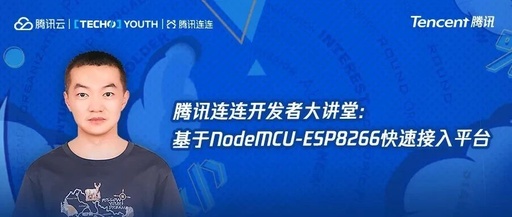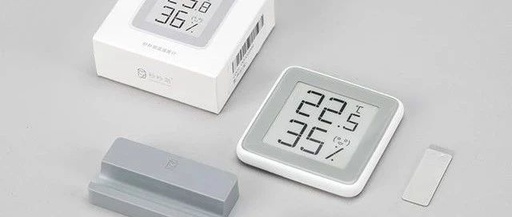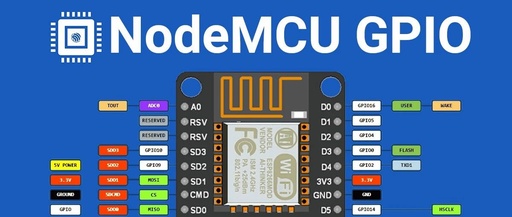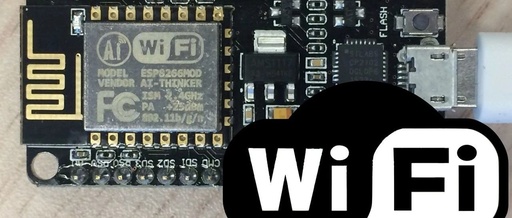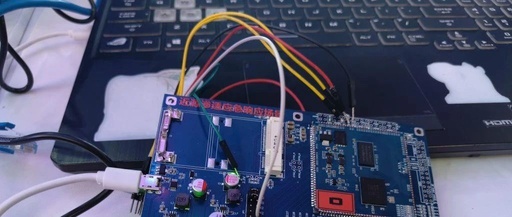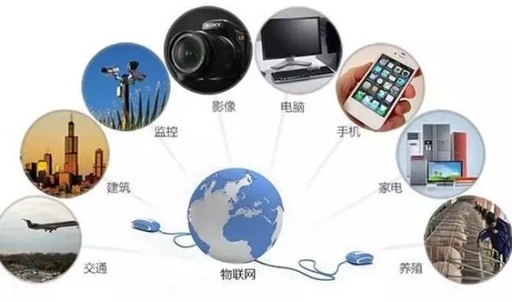Quickly Connect Your NodeMCU-ESP8266 Device to the Cloud in Minutes
Click the above【Tencent Cloud IoT】 to follow us and set a star mark Co-build the IoT industry ecosystem Following the last session, the highly requested access platform practical course is here This session of the “Techo Youth September University Developer Open Class” continues to be exciting ThemeTencent Lianlian Developer Forum: Quickly Access Platform Based on … Read more
